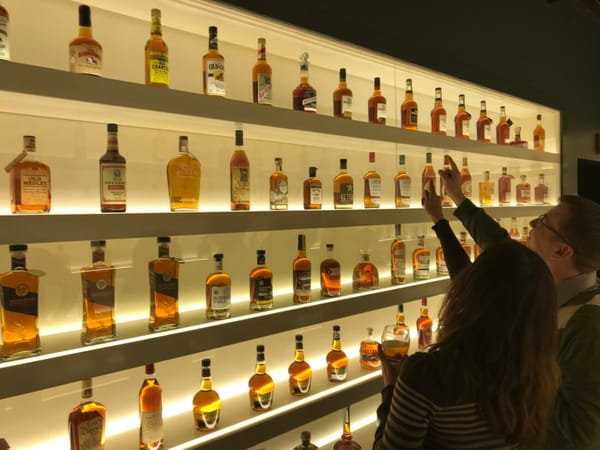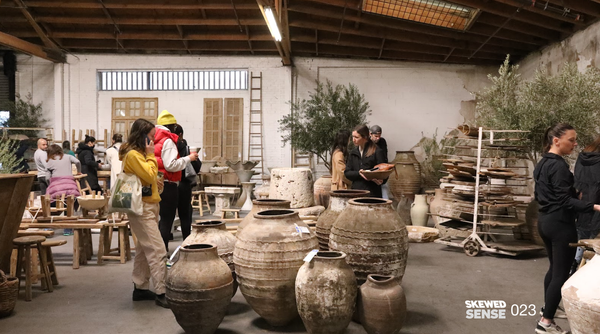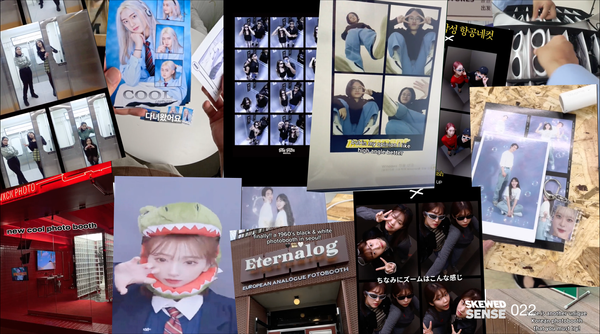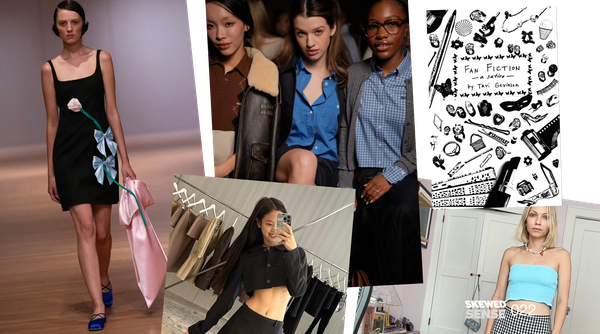015: What Might Climbing Learn From Skateboarding

Skateboarding manages to straddle countercultural credibility, fashion appeal and the mainstream Olympic Games circus. Pros can find themselves on Paris catwalks, Odd Future music videos, the new Gossip Girl series yet can also star in commercials for toothpaste brands.
Climbing also manages to hit countercultural appeal and Olympic Games but how long till it finds its feet in fashion? Well it appears to be on the precipice, with a spate of climbing collaborations in recent years. This newsletter profiles a few of the fashion brands who've made forays into climbing, alongside some of the more countercultural streetwear brands working in this space.
N.B. We're including bouldering in climbing for the purposes of this article.
Reasons for Climbing to be Cool
Maintains countercultural credibility (which is key to authenticity)
Hardcore climbing bums are still out there doing their thing, living in campervans and not caring too much about the Olympics.
Climbing has had some good crossover moments
The Alex Honnold 'Free Solo' documentary was one such moment. The Tokyo Olympics provided a lot of exposure for the sport.
The clothing can outlive the 'gorpcore' trend and bridge towards tailored gear
As gorpcore finds itself toward the tail-end of its fashion relevance, climbing clothes can provide a middle ground between hardcore tech shell gorp aesthetics and a more tailored wardrobe. Climbing finds itself unfairly lumped in with gorp at times, which really has its roots in thru-hiking and alpinism rather than climbing.
Influx of climbing gyms in major cities
Net growth in climbing gym numbers of 6.46% between 2017-22. This gym growth gives casual climbers a gateway into the sport.
Climbing has a reputation as being inclusive and supportive
Different body types can use their differences to their advantage. The atmosphere at the gyms is generally supportive, and women don't find barriers to their inclusion.
Fashionable Climbing Moments

1. Chopova Lowena carabiner skirt goes super viral
2. Dior x Margo Jain in their DiorVibe campaign
3. Antigrav make cool climbing clothes
4. Brain Dead x Ashima Shirashi x Evolv
5. Stüssy x Gramicci
6. Steep Learning Group's East London Climbing Guide
7. Nicole McLaughlin's studio climbing wall
8. Mellow Climbing have one of the coolest climbing YouTube channels
A Tricky Balancing Act (Pun Intended)
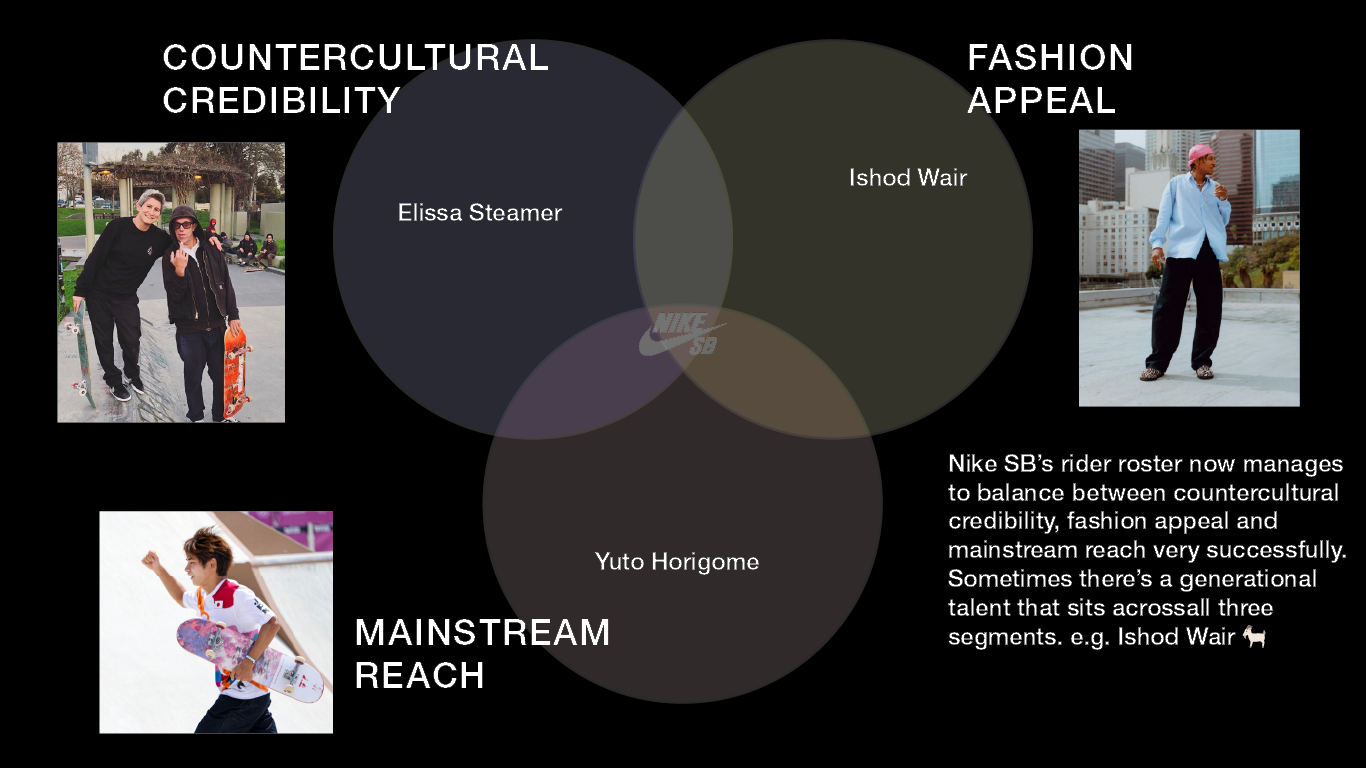
There's a tricky balance to be struck if climbing is going to find itself where skateboarding is. For a start, barriers to entry in climbing are higher. Going to a climbing gym is less accessible than simply having a skateboard.
In its attempts to trade off climbing's cool, fashion has generally fumbled things pretty badly. The idea of 'luxury climbing gear' is almost oxymoronic. Climbing gear, by nature, should be designed to be trashed. Worn till its threadbare and battered. When brands like Dior and Prada go for climbing, it's only natural to be a bit sceptical. Fashionable moments in climbing tend to be more organic and more spontaneous.
It took years for Nike to infiltrate skateboarding. They had to build trust by working with the right people. Doing things incrementally to build true credibility (which, arguably, they're now squandering).
There are places in fashion where a genuine love for climbing shows. For instance, Brain Dead Equipment comes across as earnest. Kyle Ng, the brand's founder, is a climber himself, and the three-way collab with Ashima Shiraishi, Evolv and Brain Dead came from a natural place. It didn't feel forced.
Learning from Skateboarding (Nike SB)
Where climbing is at feels a little akin to where skateboarding was at a few decades ago. Brands are now capitalising on skateboarding, whilst the underground is as strong as ever. The two can coexist, and cool can be found in more mainstream conversations. Afterall the Nike SB Dunk managed to infiltrate pop culture at the same time as being 'core'.

1. Listen listen listen
It's a key body language thing, but Nike put into place Sandy Bodecker, who was famously good with people. He listened to skaters about what skaters wanted, rather than trying to impose the whims of the company on the industry. Even though he wasn't a skater himself.
2. Long term support
Don't treat it as a flash in the pan. Be willing to invest. Be ready for the backlash, but don't recoil in horror. There will inevitably haters. Nike SB was originally only distributed through independent skateboard retailers, a body language which endeared them to skateboard communities by lining the coffers of the die hards.
3. Find your favourite climber's favourite climber
Nike got really good at picking the skaters that had underground credibility, then building trust with them. Gino Iannucci is a skater that never had that much footage and was never going to win the X Games, but Nike invested heavily in him as 'I'd rather watch Gino push' still holds true for many skaters.
4. Don't force fashion
Fashion by its very nature is fickle. Finding long term fashion appeal requires a more relaxed attitude. It's not about jumping on the hamster wheel of doom, but instead about finding the places where fashion naturally crosses over with your brand. e.g. Ishod Wair walking the Off White runway got Nike some shine too.
5. Create products with crossover appeal that still address their core user groups
This probably should be obvious. Skate shoes like the Nike Janoski simultaneously appeal to skaters and casual wearers. They do so by dialling down on the core functions needed for skaters. The Janoskis were Nike's foray into the simpler vulcanised skate shoe market, at a time when skaters wanted greater board feel than cupsole shoes would allow. They really nailed the core functionality at the same time as crossover appeal, all without having to overegg it on 'technology'.

